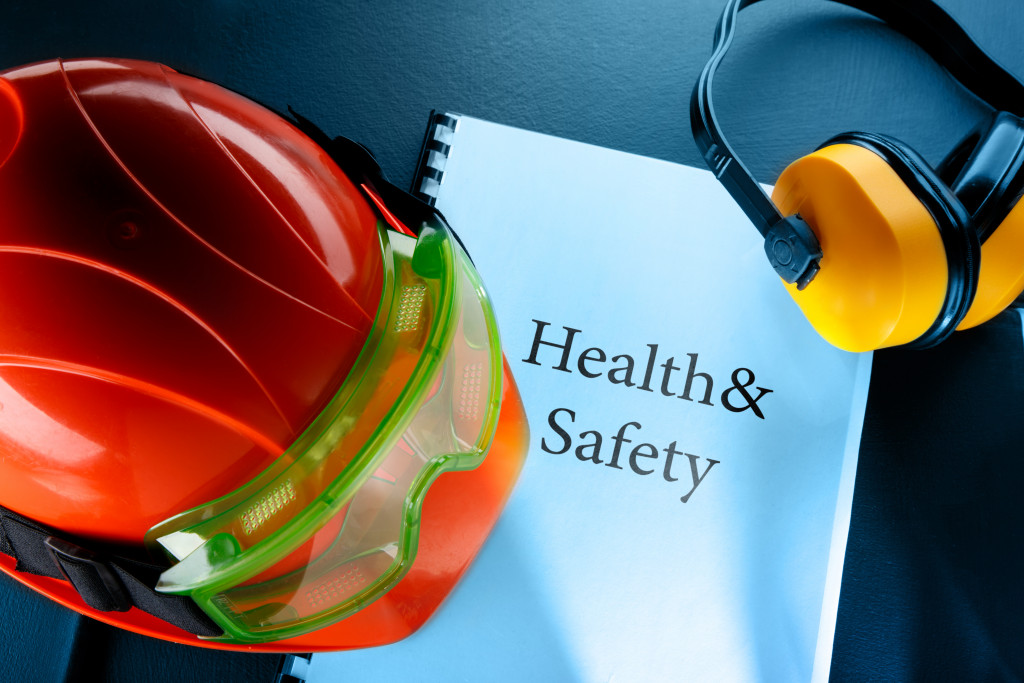In any workplace, it is essential to keep employees safe and healthy. Injuries can occur in several ways, from slips and falls to contact with hazardous materials. To help prevent these injuries, employers need to create a safe work environment. Many companies have safety programs in place, but some do not.
There are many ways to prevent injuries in the workplace. Here are some tips.
1. Provide proper training
You should adequately train employees in safety procedures before they begin work. This will help them know what to do in an accident. You should also provide ongoing training to keep employees up-to-date on new safety procedures. Some companies have safety committees that meet regularly to discuss new strategies and ensure everyone is on the same page.
When training employees, be sure to go over the following topics:
• Proper lifting techniques
• How to use personal protective equipment
• How to safely work with chemicals
• How to avoid slips, trips, and falls
• What to do in case of an emergency
You can find more information on workplace safety training from the Occupational Safety and Health Administration (OSHA).
2. Create a safe work environment
The physical layout of the workplace can impact safety. Be sure to keep walkways clear of obstacles and make sure exit routes are well-marked. Good lighting is also important to prevent accidents. If possible, provide natural light and ventilation to keep the work area well-lit and free of fumes.
You can also create a safe work environment by using safety equipment. Common types of safety equipment include:
• Safety glasses or goggles
• Hearing protection
• Respirators
• Gloves
• Steel-toed boots
You will need to take extra precautions when the workplace is naturally hazardous, such as a construction site. Be sure to put up signs and barriers to keep people away from areas that are under construction. Employers can provide employees with the proper safety equipment, such as hard hats and reflective vests.
It would help if you also had a plan in case of an accident. For example, you can work with a doctor or a professional chiropractor to create a return-to-work program for employees who are injured on the job. This program will help them to safely return to work and avoid further injury.
3. Encourage employees to report unsafe conditions
Employees should feel comfortable reporting dangerous conditions to their employers. This can help to prevent accidents. Employers should have a procedure in place for employees to report safety concerns. The procedure should be simple and easy to follow.
For example, some companies have an online form that employees can fill out to report safety concerns. Other companies have a hotline that employees can call. Employees should know who to contact if they see a potential safety hazard.
And as an employer, you should always investigate any reported safety concerns. This will help you to find and fix any potential hazards. Make sure to take action to resolve the danger and prevent it from happening again. It would be best to inform employees of your efforts to fix the hazard.

4. Provide first-aid kits and promote wellness
Employees should have access to first-aid kits in case of an accident. The kits should be adequately stocked and easily accessible. It would be best if you also promoted wellness in the workplace. This can include healthy lifestyle choices, such as eating healthy and exercising.
You can also promote wellness by offering employees health screenings, such as blood pressure and cholesterol tests. And you can provide employees with discounts on gym memberships or fitness classes. Some companies also have on-site fitness centers or walking trails.
If you have a workplace wellness program, promote it to employees. You can do this by sending out emails or posting flyers. Depending on your budget, you may also be able to offer incentives, such as cash bonuses or gift cards, to employees who participate in the program.
5. Provide incentives for safety
Employees may be more likely to follow safety procedures if given an incentive. For example, some companies offer employees a bonus if they don’t have any accidents. Other companies offer prizes for safety suggestions.
You can also provide employees with safety training. This can include online courses or in-person classes. Employees who complete the training can be given a certificate or a badge. This will show that they are knowledgeable about safety procedures.
Safety should be a top priority in the workplace. By taking these steps, you can help to prevent accidents and promote a safe and healthy workplace. Always investigate any safety concerns and take action to fix any potential hazards. And remember to provide employees with the proper safety equipment and training. With these measures in place, you can help to keep your employees safe and healthy.

